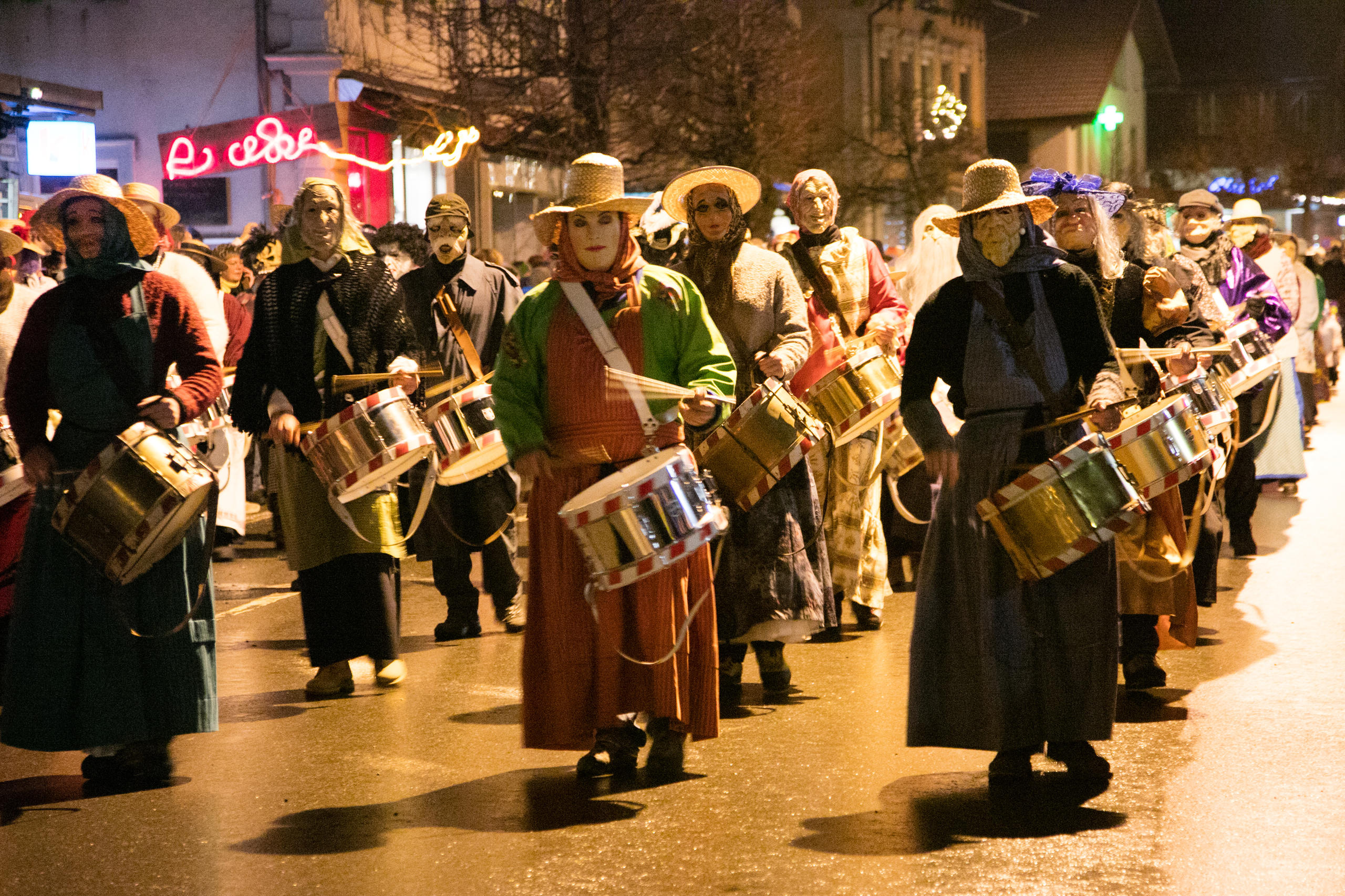Lake Thun: A legend without a monster

A new English book gives armchair travellers a whimsical look at the life of Lake Thun - from the smallest amoeba to the highest mountain.
In the first chapter of the picture book, Lake Thun, author Alexander Schwab says, “To the eternal chagrin of the local tourism industry, there isn’t a trace of even the tiniest monster to be seen in Lake Thun.”
Schwab then uses the rest of the book to prove just the opposite, assuming monster in its broadest sense can mean larger than life.
One of the book’s main characters, portrayed in pictures and text, is the Niesen, the pyramid-shaped mountain dominating the lake. “If you get close enough,” says the author, “you can even see its furrowed face, wrinkles and other battle scars….”
There are the summer thunderstorms over the lake and the “Föhn” wind that when it blows, “virtually any medical condition you care to name can be blamed upon it.”
Rumours of submarines
There are also the larger-than-life people of the lake.
Fishermen like Schwab himself; lacking a lake monster, who put round “rumours of a patrolling submarine.”
And those responsible for the ever-present Swiss flag: “Wind direction as indicated by a fluttering flag is not only free of any tax but free of charge in the first place. And the money-minded Swiss can’t resist a good bargain.”
Lake Thun is a welcome addition to a plethora of illustrated books on Switzerland because it dares to be offbeat – proving that the Swiss can laugh at themselves – while still portraying the beauty of the region.
“When you start to think about the word ‘beauty’ or ‘landscape’, things quickly become very paradoxical or contradictory,” Schwab reflects. “The point is asking yourself how to write about or show the beauty of a region without eulogising it in a marketing sort of way, but poetically or philosophically.”
Crashing snowflakes
He often succeeds on both counts: “The crashing noise of a snowflake hitting the naked ice. It’s a cold, hard, metallic sound which – if amplified – would frighten most people to death.”
The author also pays his respects to the mayflies of Lake Thun, and the seagulls that feed on them, as well as the women living on the lakeshore by the name of Emma, who, following the logic of a poet quoted by Schwab, share their name with the gulls.
Besides writing the book, Schwab is also the photographer of Lake Thun. His knack for capturing the beauty of the region from a unique perspective, regardless of the season, is, alone, worth the price of the book.
Snow on the Niesen
“Ultimately, the heart of the matter of Lake Thun is its contrasts, you have the basic contrast of lovely and mighty,” he says. “It’s so lovely in spring when the trees are in bloom on the shores, while there is still snow on the Niesen. You find these contrasts all around Lake Thun, and this is what makes it unique.”
But as writer, Schwab can’t resist poking fun at his alter – camera-clicking – ego: “It is generally believed that sunlight is an unlimited resource. And this might well have been the case before photography. But since then, huge amounts of light have been used up.”
“It isn’t a tourist book,” Schwab adds. “If people look at and read it, they might enjoy the poetry, the thinking. It isn’t a provocative book. It asks gentle questions, but it does pose questions.
“I’m a hedonist so I don’t see what’s wrong with pleasure and that is what it should give people.”
by Dale Bechtel

In compliance with the JTI standards
More: SWI swissinfo.ch certified by the Journalism Trust Initiative









You can find an overview of ongoing debates with our journalists here . Please join us!
If you want to start a conversation about a topic raised in this article or want to report factual errors, email us at english@swissinfo.ch.